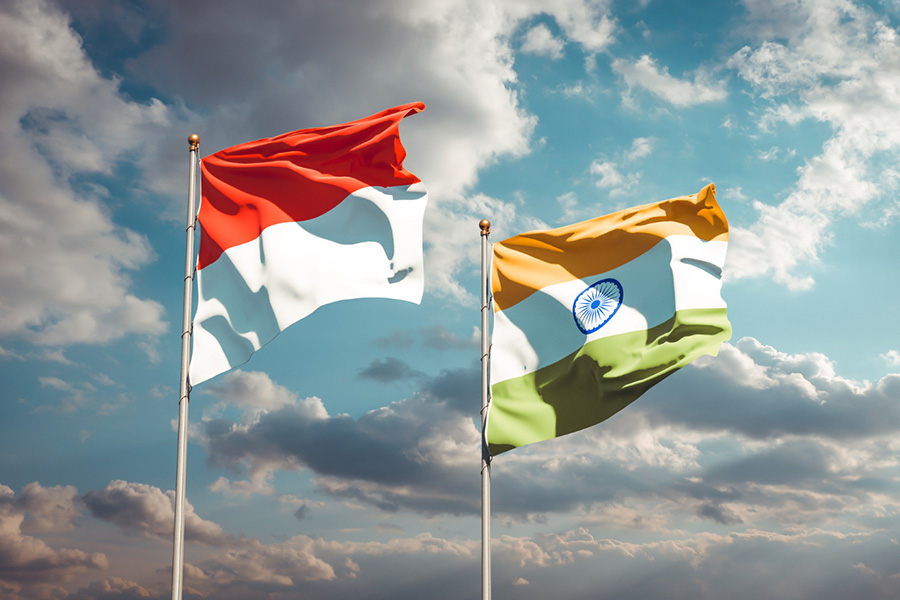
This article compares India’s limited leadership role in SAARC with Indonesia’s proactive stance in ASEAN, highlighting how India’s unresolved issues with Pakistan have stalled SAARC’s progress.
Author
Harsh Mahaseth, Assistant Professor, Jindal Global Law School, O.P. Jindal Global University, Sonipat, Haryana, India
Summary
This article was shortlisted as a finalist in the 2024 E-International Relations Article Award, sponsored by Edinburgh University Press, Polity, Sage, Bloomsbury and Routledge.
SAARC was established in 1985 at the initiative of Bangladesh to create a regional forum aimed at promoting welfare, social progress, and economic growth in South Asian nations. India holds a pivotal role as one of the founding members of the organization. The other member states include Pakistan, Bangladesh, Nepal, Afghanistan, Bhutan, Maldives, and Sri Lanka. Of these, India is the only country with contiguous land boundaries with all the other member countries except Afghanistan. SAARC was envisioned with the foundational values of improving quality of life and accelerating economic growth in the region.
After a series of meetings at the official and political levels, the first South Asian Foreign Ministers’ Conference was held in New Delhi in 1983, where the Integrated Programme of Action (IPA) (Lama 1998) was adopted. IPA laid the groundwork for cooperation between member states in areas like agriculture, rural development, and health. Broadly, the objectives aimed to foster active collaboration, mutual trust and assistance, and strengthen cooperation.
Despite the South Asian nations’ mixed records on collaboration, informal meetings alongside SAARC meetings have nudged the member states to resolve their differences. A notable example (Iqbal 2005) is India and Pakistan diffusing tensions arising from India’s military exercise “Operation Brasstacks” along the Indo-Pak border. Heads of both member states met and engaged in informal talks during the 2nd SAARC Summit held in Bengaluru in 1986.
Subsequently, the SAARC Charter (“the Charter”) was adopted on 8th December 1985. To further the collaborative efforts in the region, Article III of the Charter provided that the heads of state of member governments shall meet once a year or more as needed. However, the last SAARC summit was held in 2014 in Kathmandu, and no summit has been held thereafter due to India-Pakistan differences. These issues underscore the challenges facing SAARC, with India’s concerns playing a pivotal role in the organization’s stagnation. Therefore, India must assert its role as a pivotal power in SAARC, contrasting with Indonesia’s role in ASEAN.
ASEAN, Southeast Asia’s primary multilateral organization, was established in 1967. It is a 10-member organization consisting of Brunei, Burma (Myanmar), Cambodia, Indonesia, Laos, Malaysia, the Philippines, Singapore, Thailand, and Vietnam. ASEAN’s foundational principles include informal consultations, consensual decision-making, and noninterference in internal affairs to maintain regional order.
However, the key principle ensuring regional stability amid great power dynamics is “ASEAN Centrality”, which allows relatively weaker ASEAN countries to secure themselves from anarchical great power politics or an imposed hierarchical hegemonic order within the region and externally. This principle is deeply ingrained in Indonesia’s foreign policy. Historically, Indonesia has adhered to the principle of ASEAN Centrality, thereby benefiting the organization through its leadership and establishing itself as an integral member. This is an area where India falls short or fails to achieve within SAARC.
The author examines India’s challenges in SAARC, contrasting them with Indonesia’s proactive role in ASEAN. Regional powers play a pivotal role in organizational growth and there is a need for increased engagement among SAARC members to revitalize the organization. The author concludes by providing policy recommendations, emphasizing the lessons India can learn from Indonesia’s ASEAN efforts.
Published in: E-International Relations
To read the full article, please click here.

